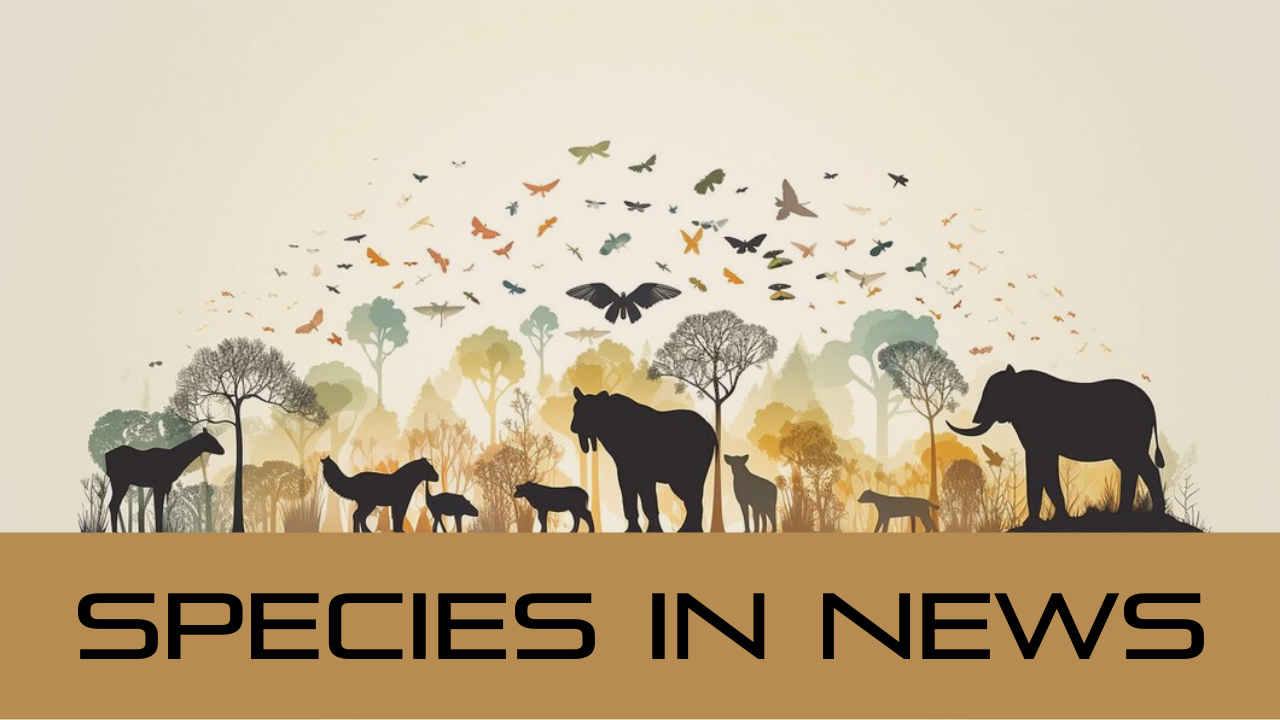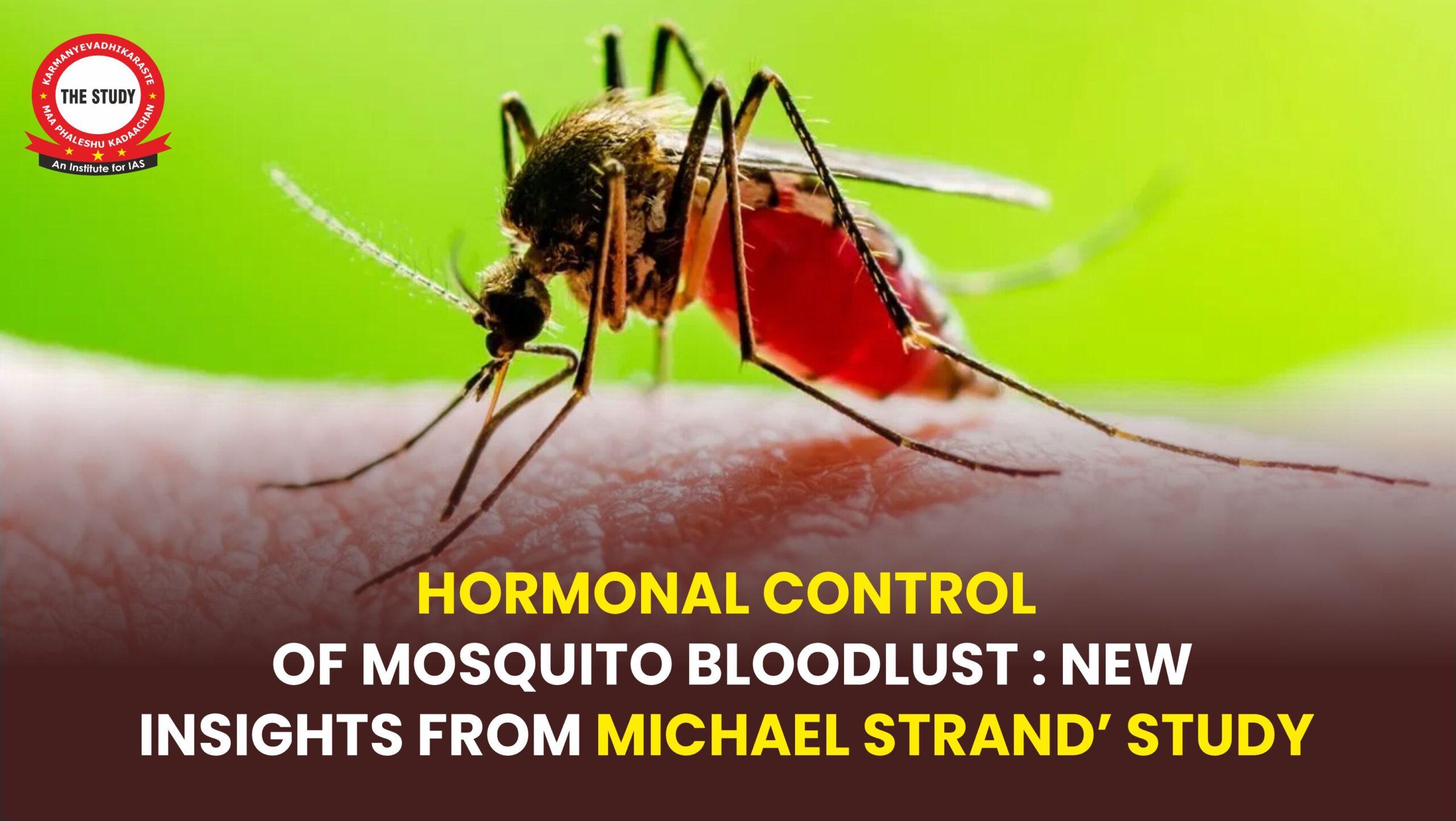Context:
India’s proactive role in shaping trade rules through G20 and bilateral negotiations with advanced nations should extend to WTO for effective engagement.
India’s Resistance to WTO Negotiations:
- Preserving Policy Flexibility: India resists expanding the WTO’s negotiation agenda in areas like e-commerce, climate change, and investment facilitation to maintain flexibility for its economic strategies.
- Traditional vs. Emerging Sectors: While this approach benefits traditional sectors like agriculture and fisheries, it may limit opportunities in the digital economy and high-tech manufacturing.
Vision 2047 and Economic Growth:
- Technology-Driven Economy: Vision 2047 aims to make India a developed, technology-driven economy within 25 years.
- Global Integration: India’s domestic reforms focus on promoting technology-driven, sustainable growth to integrate with global markets.
Evolving Global Economic Governance:
- Geoeconomics and Emerging Technologies: India has significant stakes in reshaping global economic governance, driven by geoeconomics, emerging technologies, resilient value chains, and environmental sustainability.
- Constructive Role: As a rising economy, India must play a constructive role in global economic discussions.
Promoting Investment and Exports:
- Foreign Direct Investment: India ranked third in attracting FDI in 2022 and aims to boost goods exports to $1 trillion by 2030.
- E-Commerce Market: The e-commerce market is expected to grow to $350 billion by 2030, presenting substantial export growth opportunities.

Regulatory Reforms for E-Commerce:
- Digitisation and Transparency: Reforms in data protection, consumer rights, competition, and taxation promote a conducive environment for e-commerce.
- Data Protection: Regulations aim to align with global standards.
Export-Led Growth Model:
- Policy Predictability: India must balance maintaining domestic policy rights with ensuring predictability in key markets like the US, EU, and Japan.
- Active Participation in WTO: Engagement in WTO negotiations on e-commerce, trade, climate change, and investment facilitation is crucial for achieving economic objectives.
Historical Context and Future Strategy:
- 1991 Economic Reforms: Past reforms broke down trade barriers and attracted foreign investments.
- Previous Trade Policy: The 2015-2020 policy extended to March 2023, targeting exports of USD 900 billion, ending 2022-23 with USD 760-770 billion.
- Present Focus: Emphasise digitisation, sustainable development, and resilient value chains.
Foreign Trade Policy (FTP) 2023: India aims to boost exports to $2 trillion by 2030 through trust-based partnerships, process re-engineering, and equal focus on the merchandise and services sectors.
Key Pillars of FTP 2023
- Incentive to Remission: Shift from an incentive regime to a facilitation regime.
- Export Promotion through Collaboration: Involving exporters, states, districts, and Indian missions.
- Ease of Doing Business: Reduction in transaction costs and e-initiatives.
- Emerging Areas: Focus on e-commerce and developing districts as export hubs.

Key Features of FTP 2023:
- Process Re-Engineering and Automation: Streamlined processes and reduced fee structures to facilitate exports.
- Towns of Export Excellence: Addition of four new towns to promote exports.
- Recognition of Exporters: Revised norms to enable more firms to achieve higher export ratings.
- District-Level Export Promotion: Encourage district-level export promotion through partnerships with state governments and tailored export action plans.
- SCOMET (Special Chemicals, Organisms, Materials, Equipment and Technologies) Policy: Strengthen export controls, focusing on dual-use high-end technology items.
- Facilitating E-Commerce Exports: Set up hubs and related infrastructure to foster e-commerce exports.
Increased Export Cap: Raised consignment-wise cap from ₹5 lakh to ₹10 lakh.
Export Promotion Capital Goods (EPCG) and Advance Authorisation Schemes: Streamlined import rules to support capital goods for export production and enhanced facilitation under the Advance Authorisation Scheme for duty-free raw material imports.
Amnesty Scheme: A special scheme to address defaults on export obligations, promoting trust-based relationships.
 Key Requests from MSME Bodies to RBI
Key Requests from MSME Bodies to RBI



















 [stextbox id=’info’]
[stextbox id=’info’]



 Indian Flying Fox
Indian Flying Fox 

